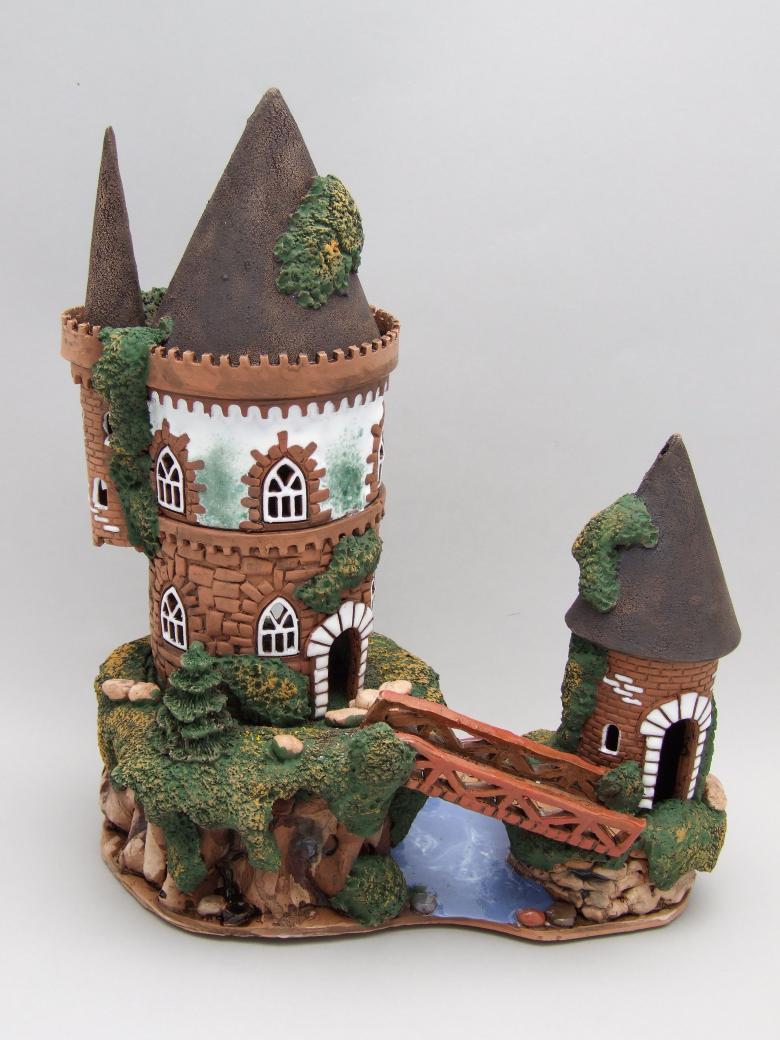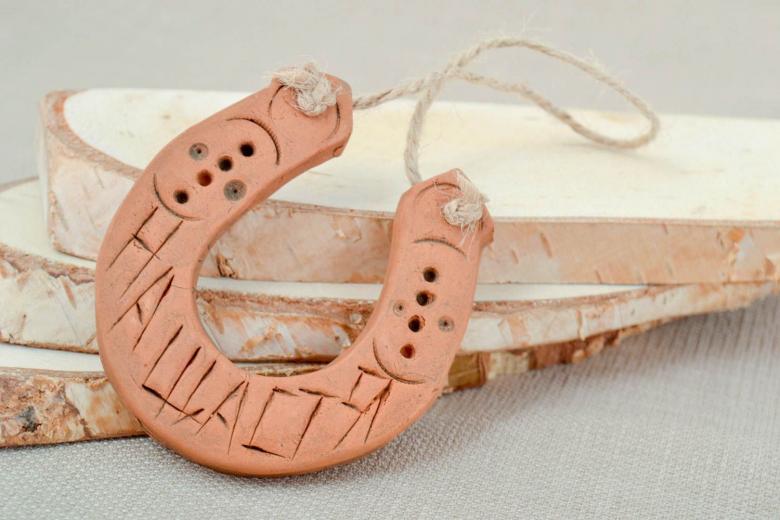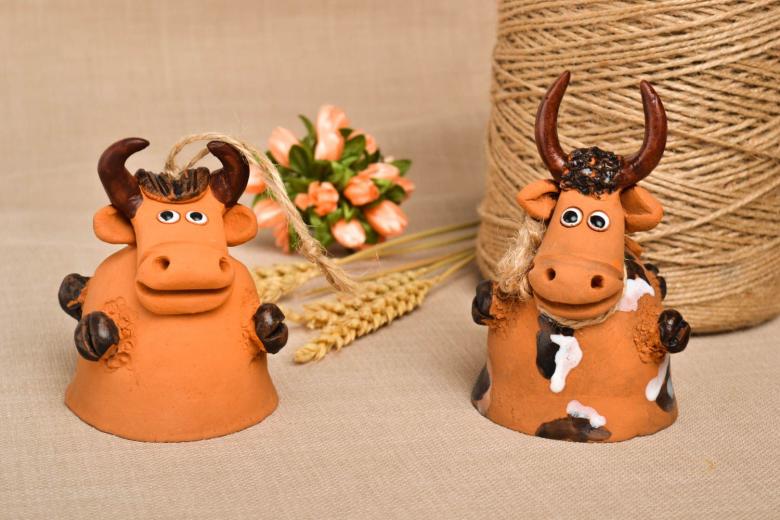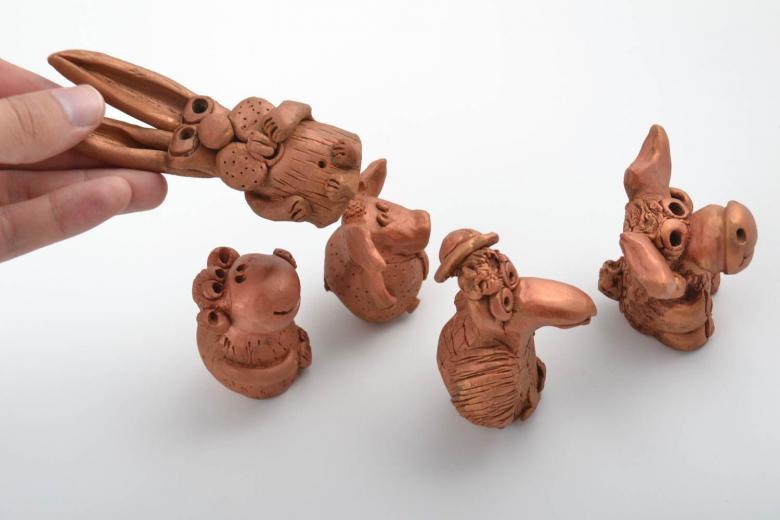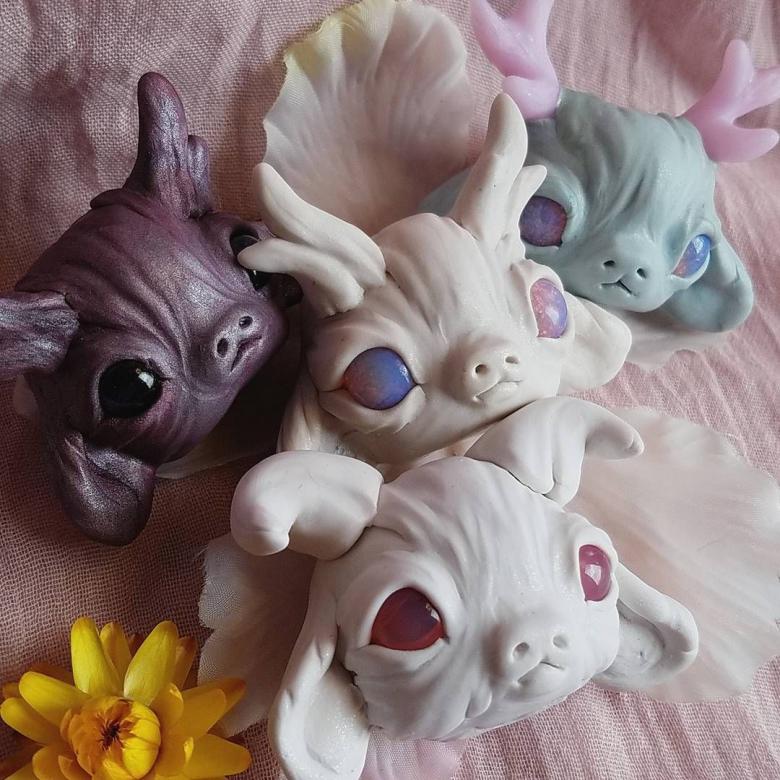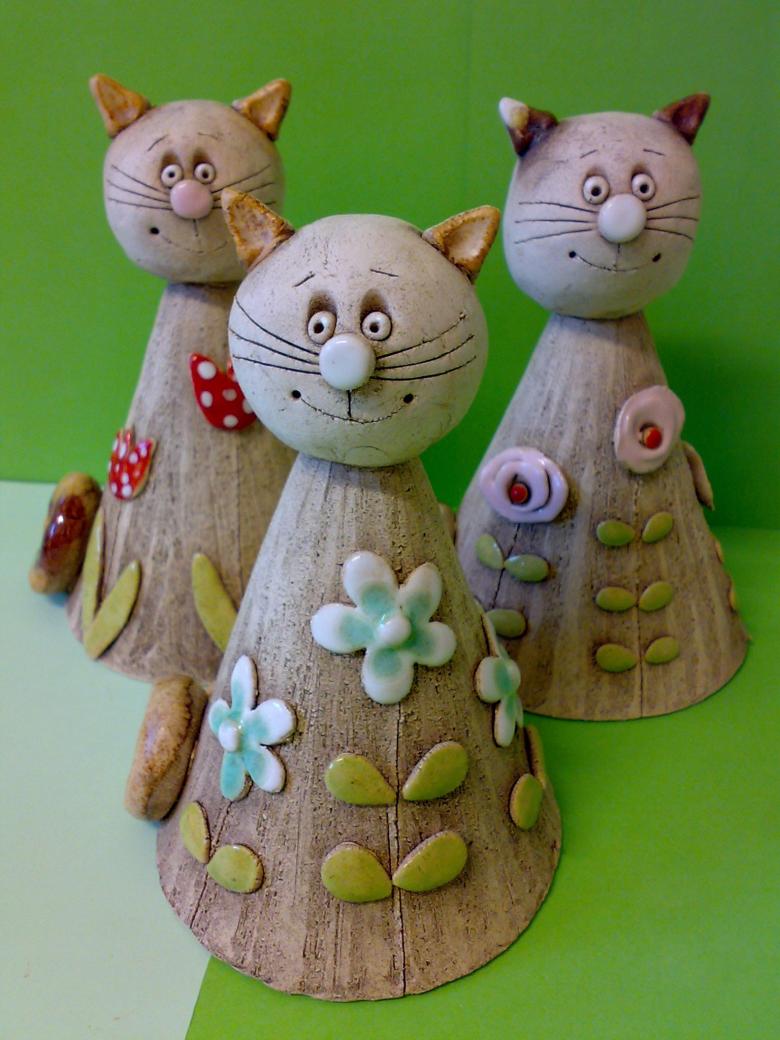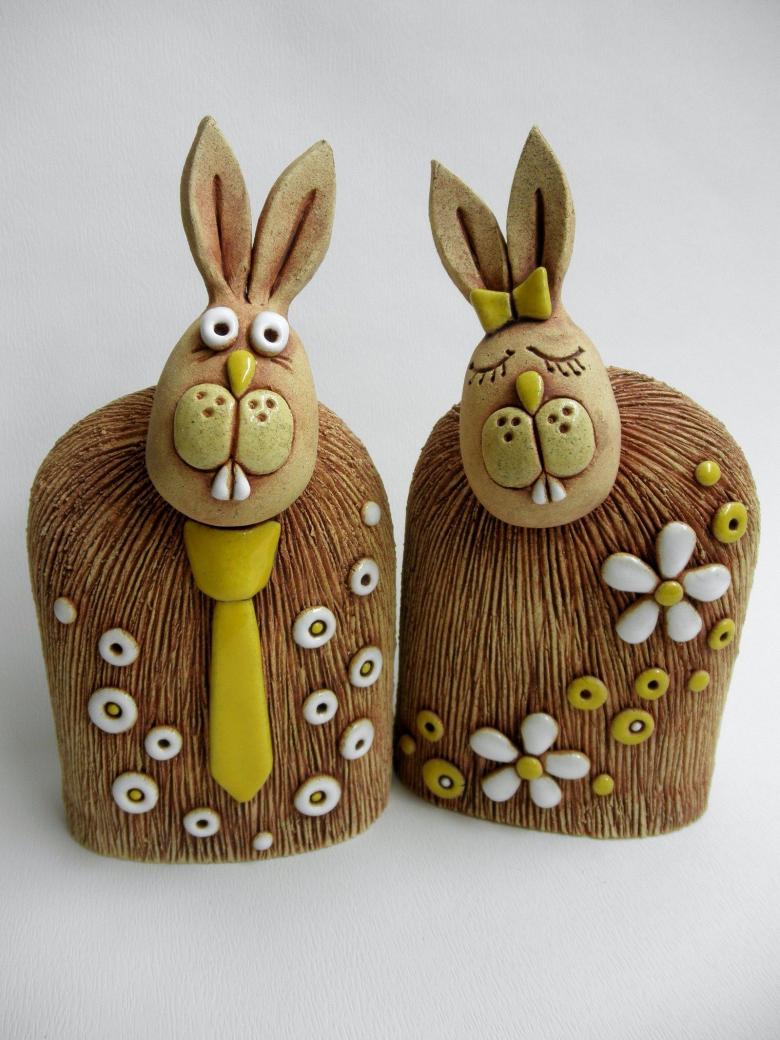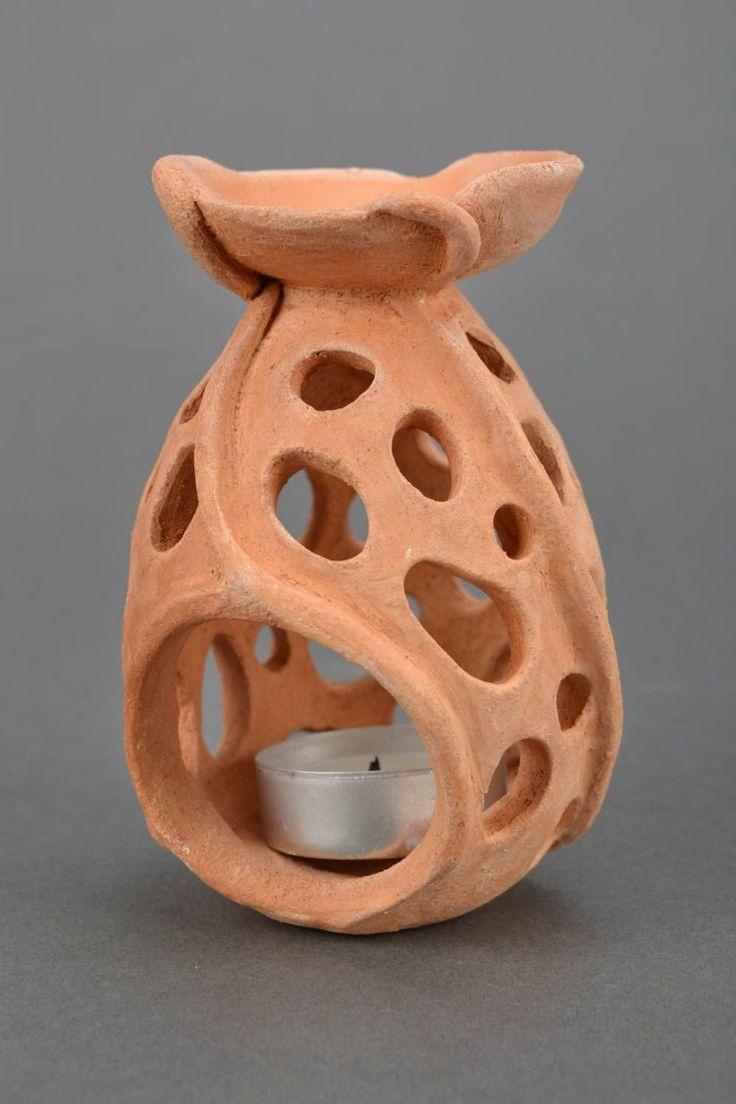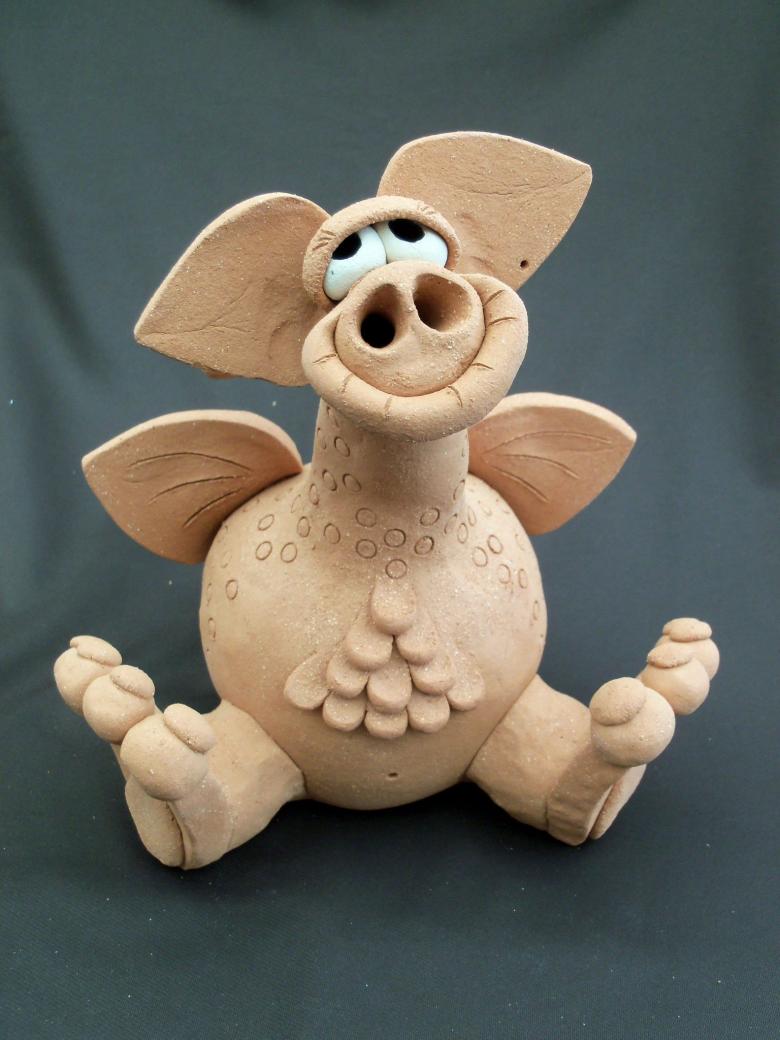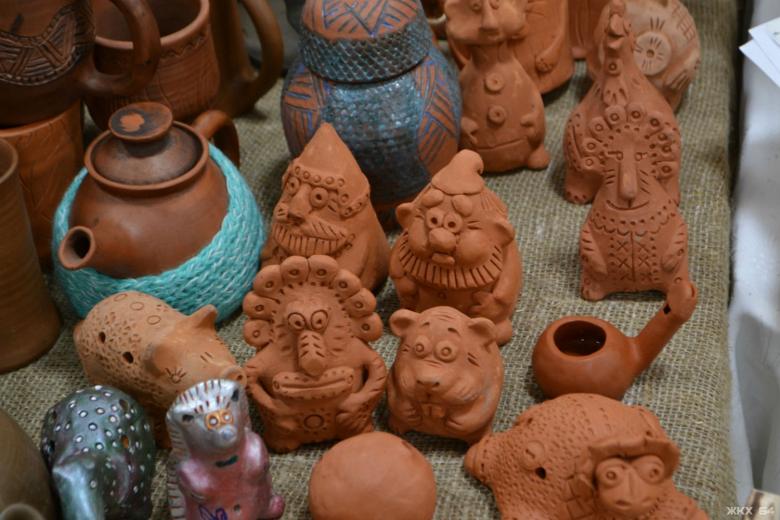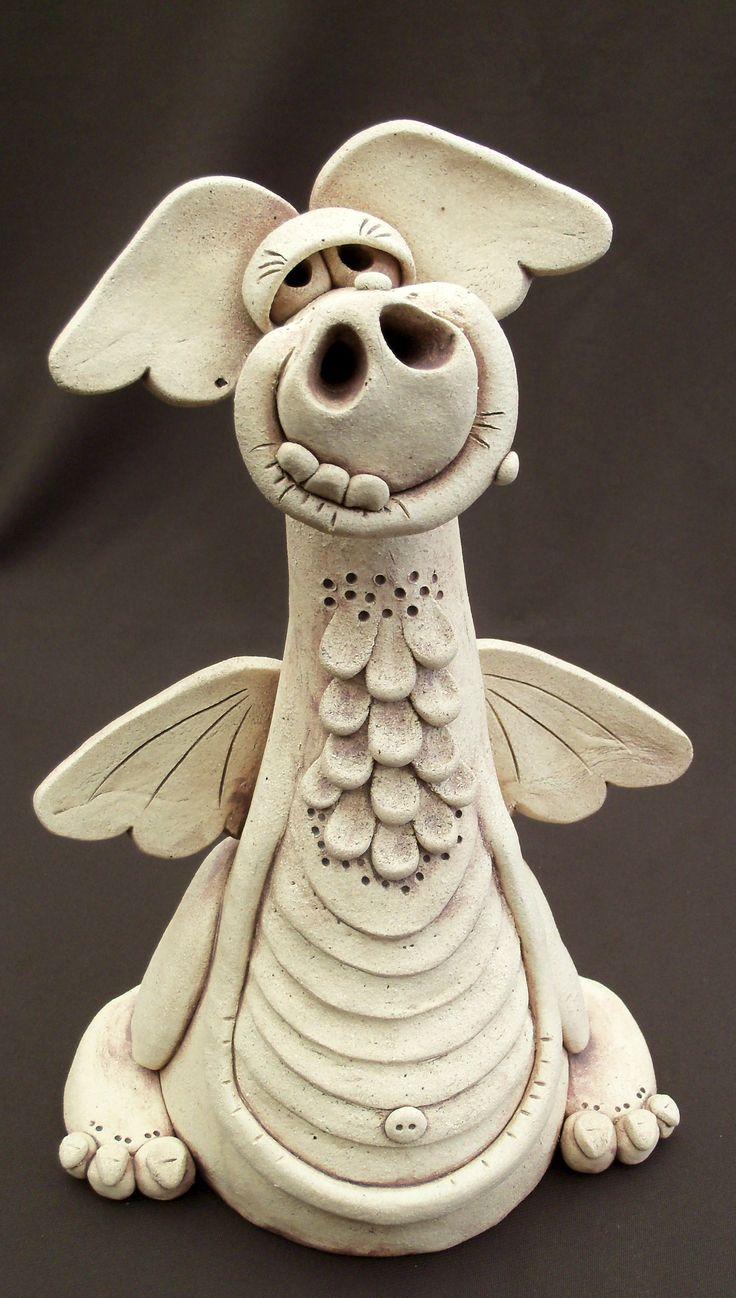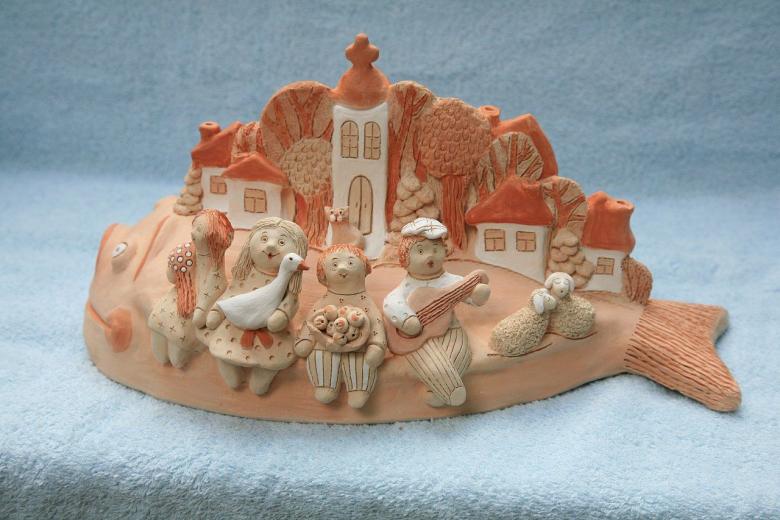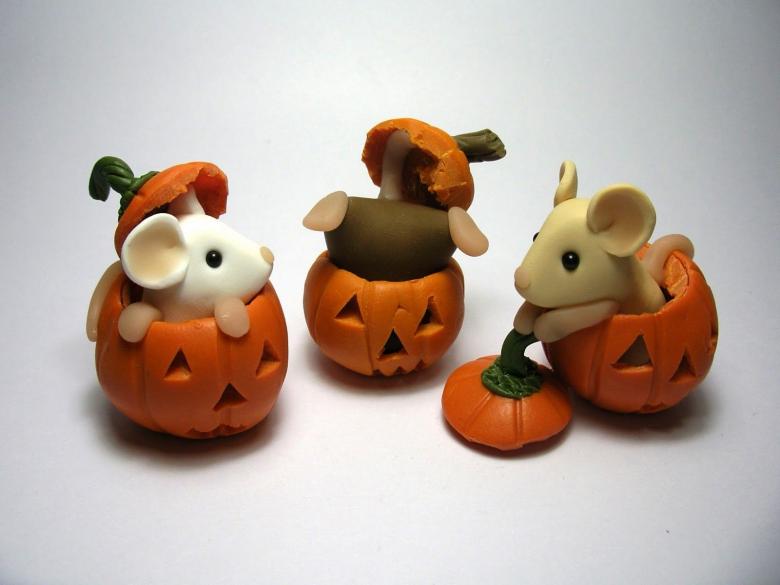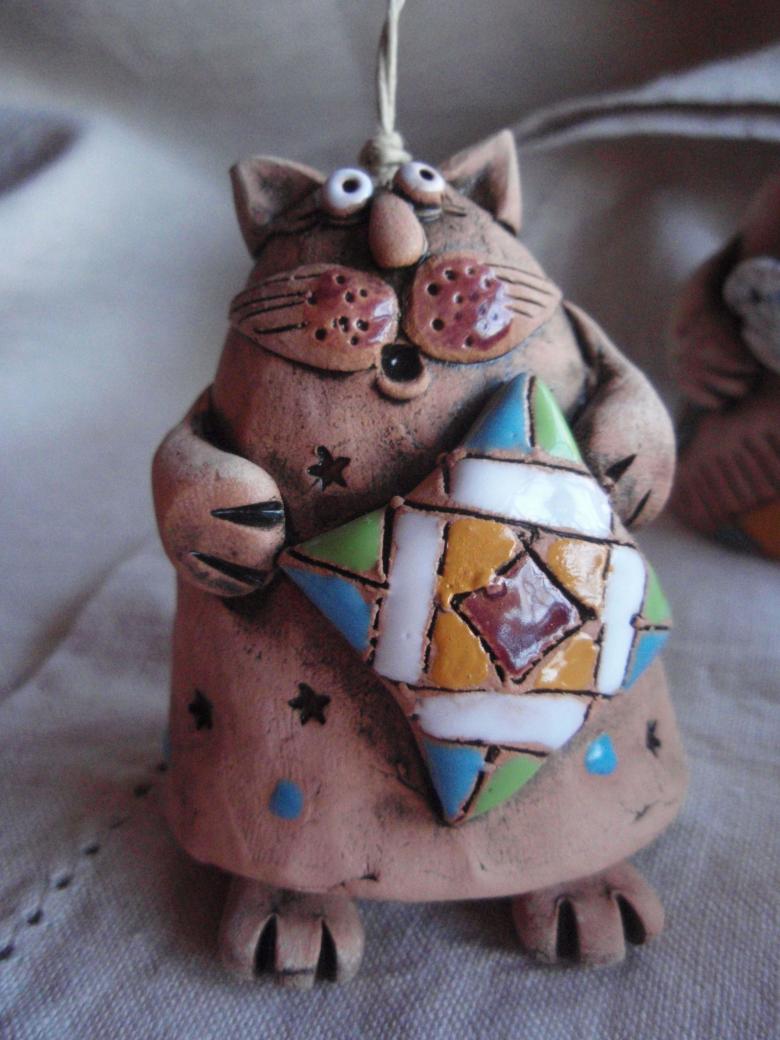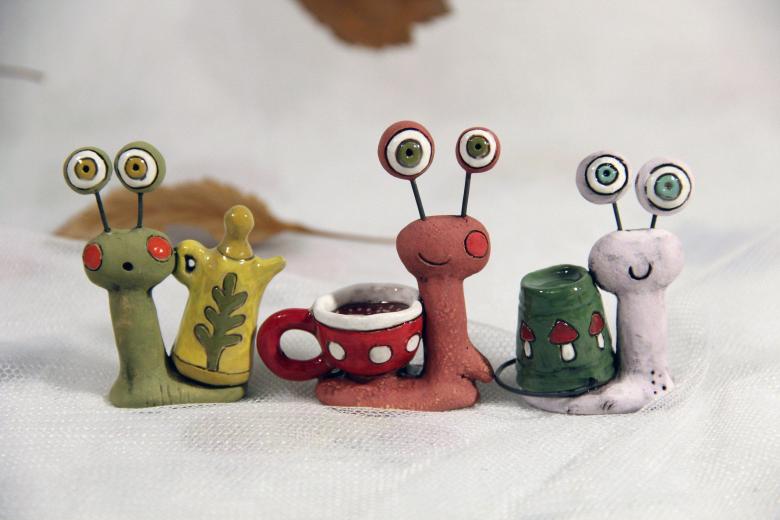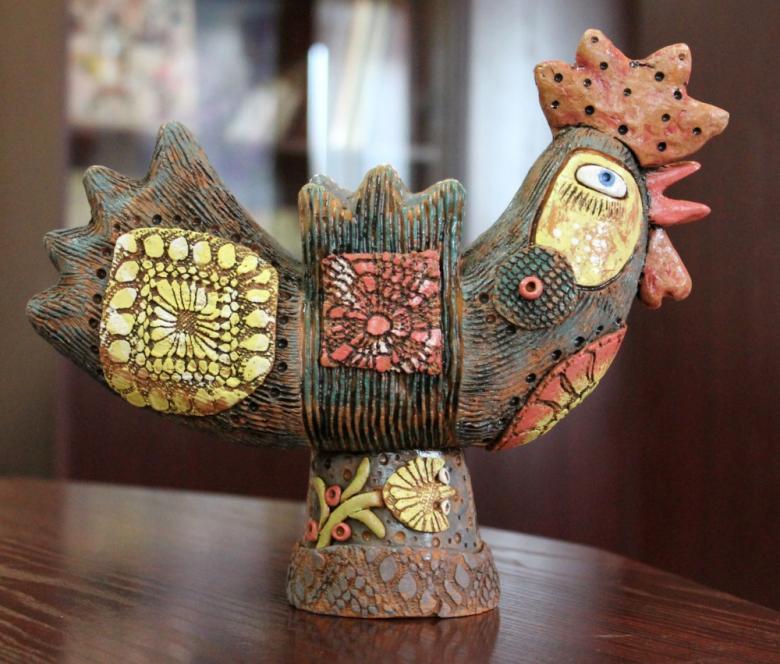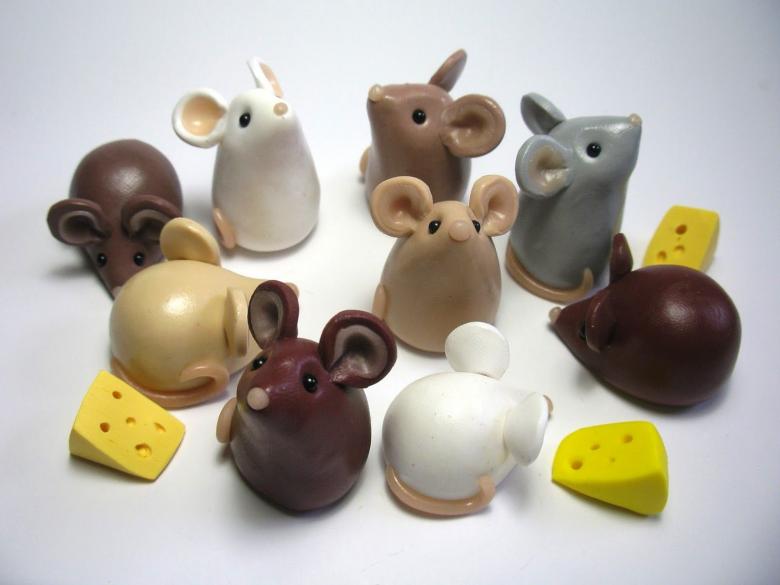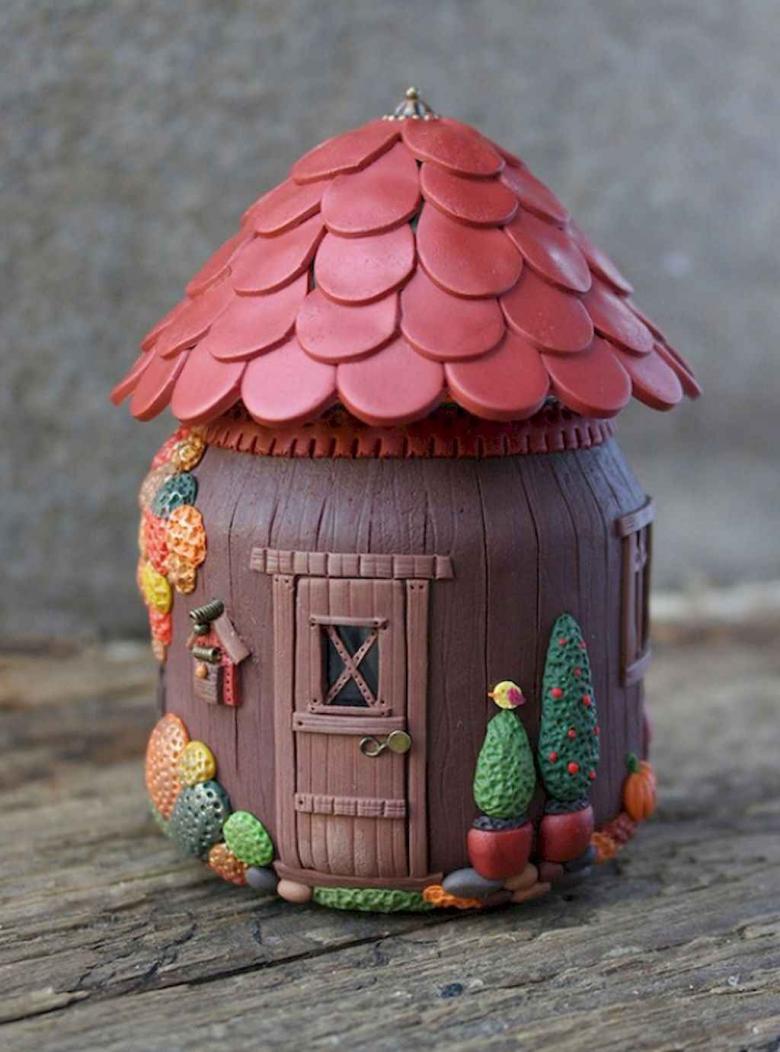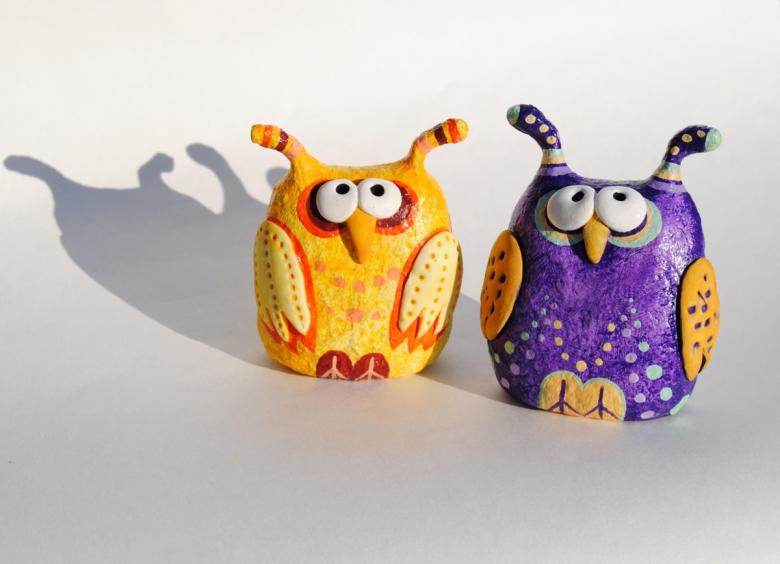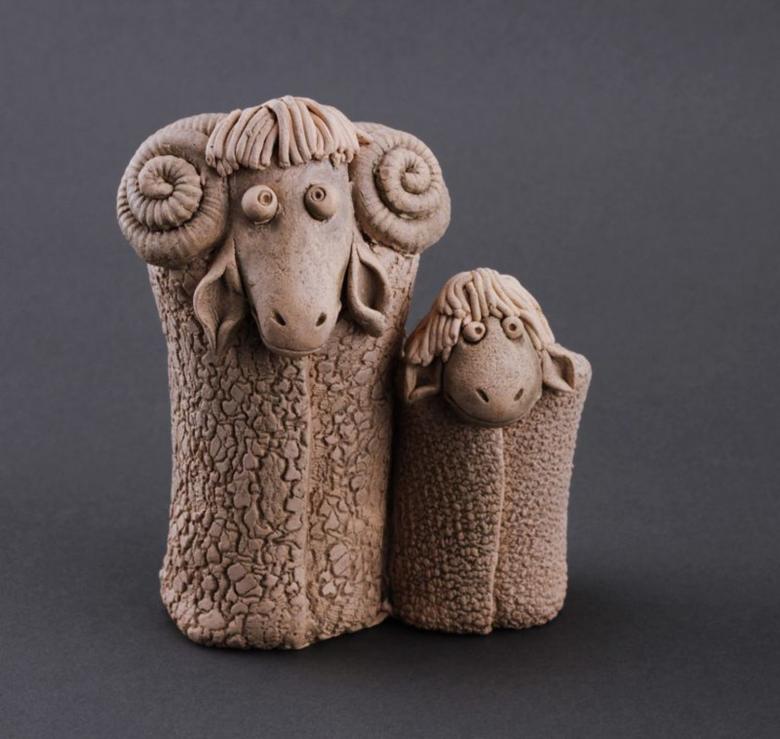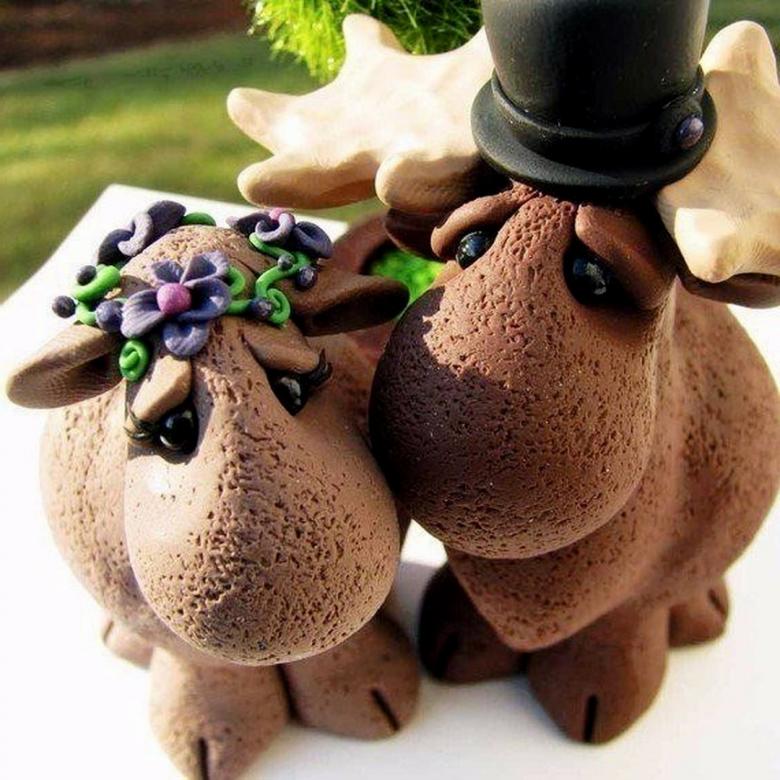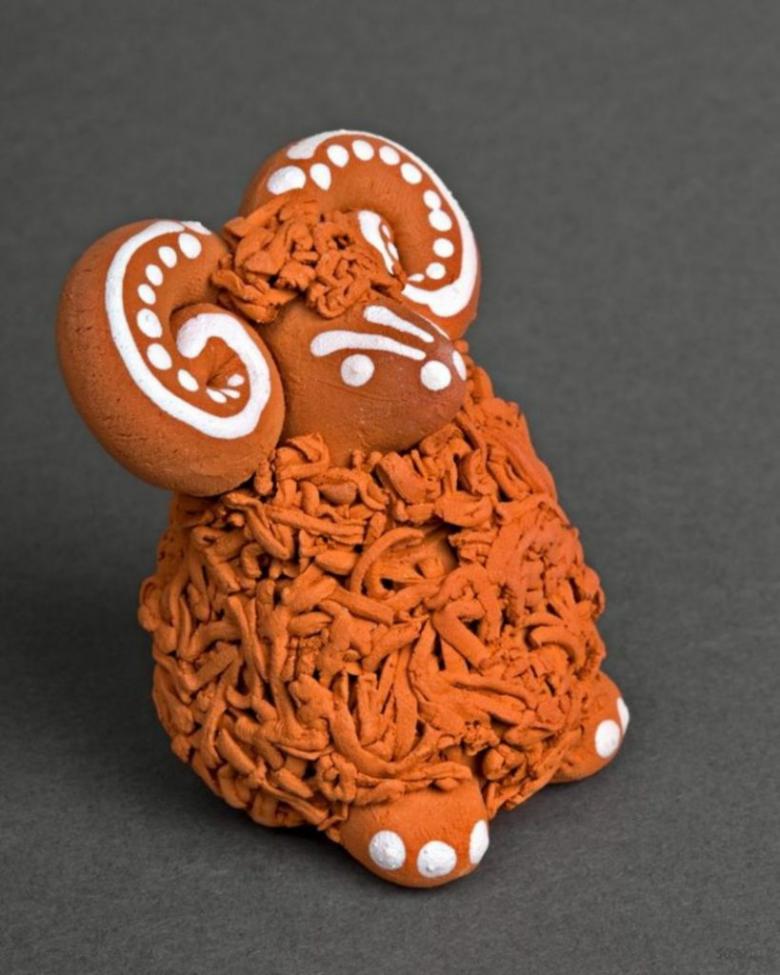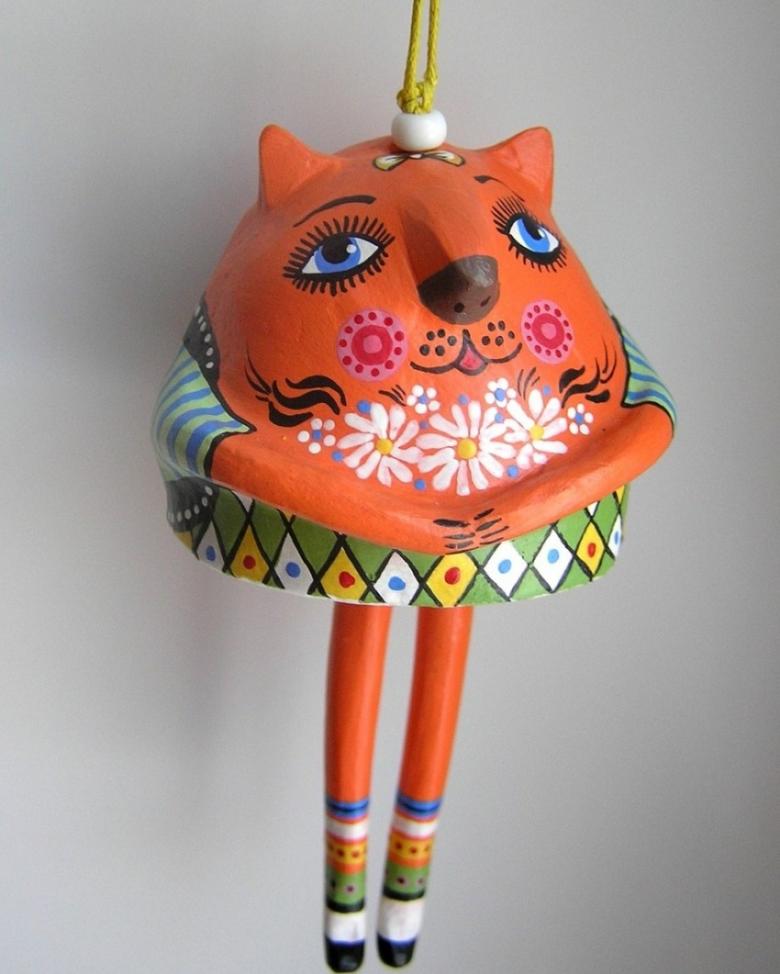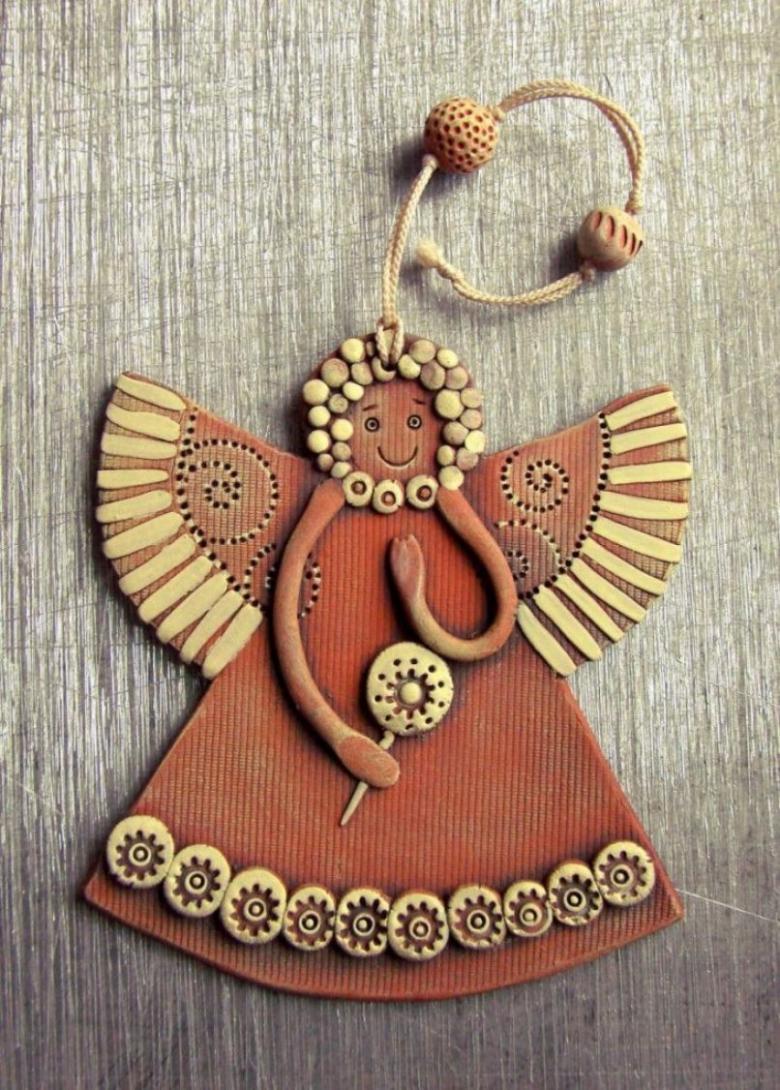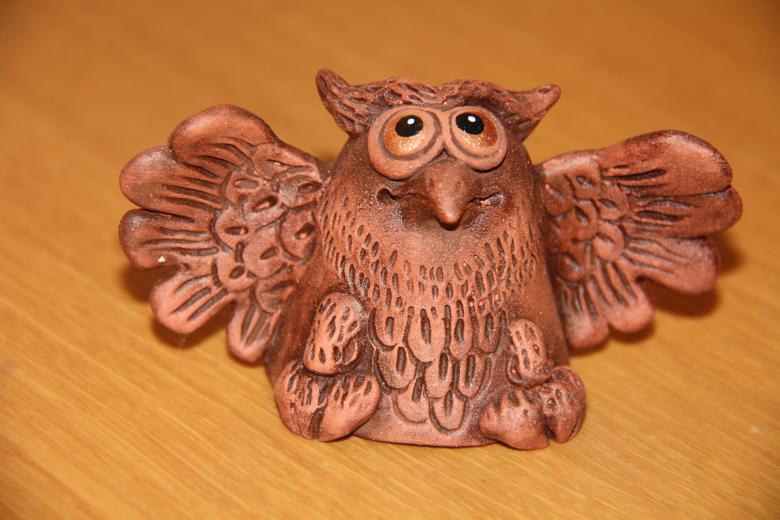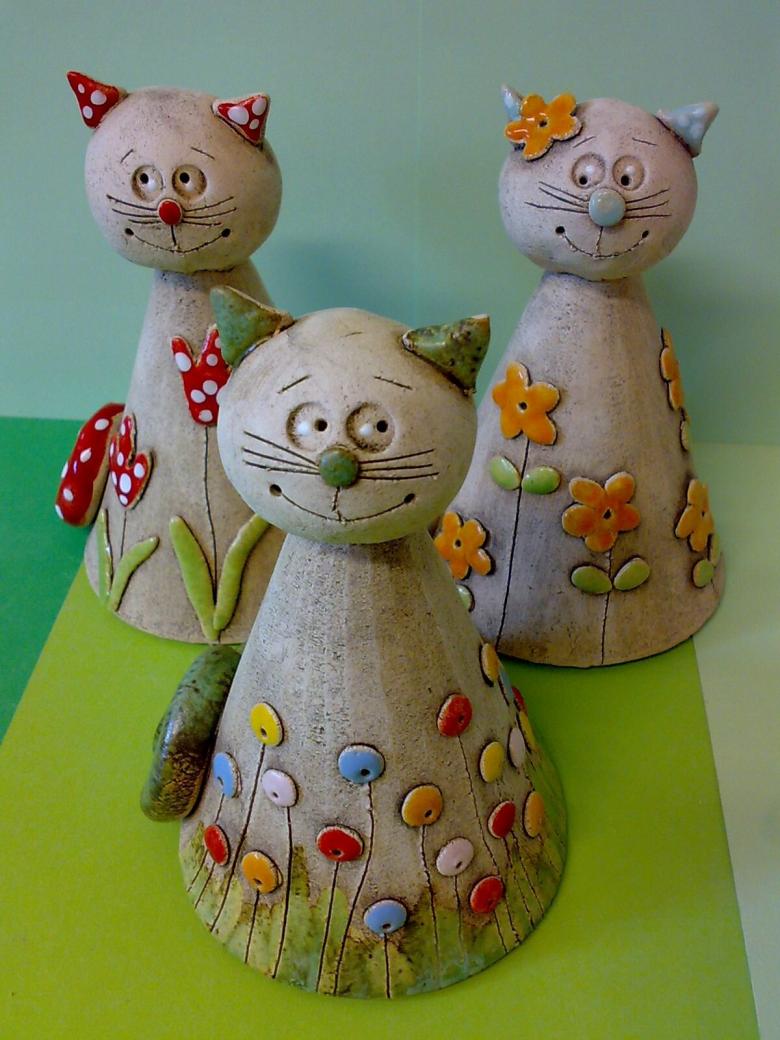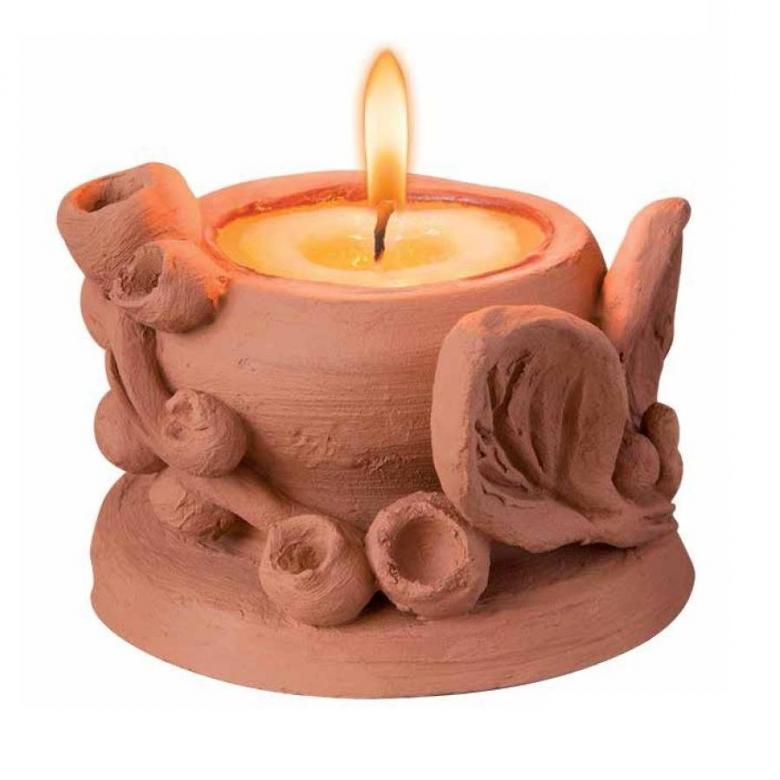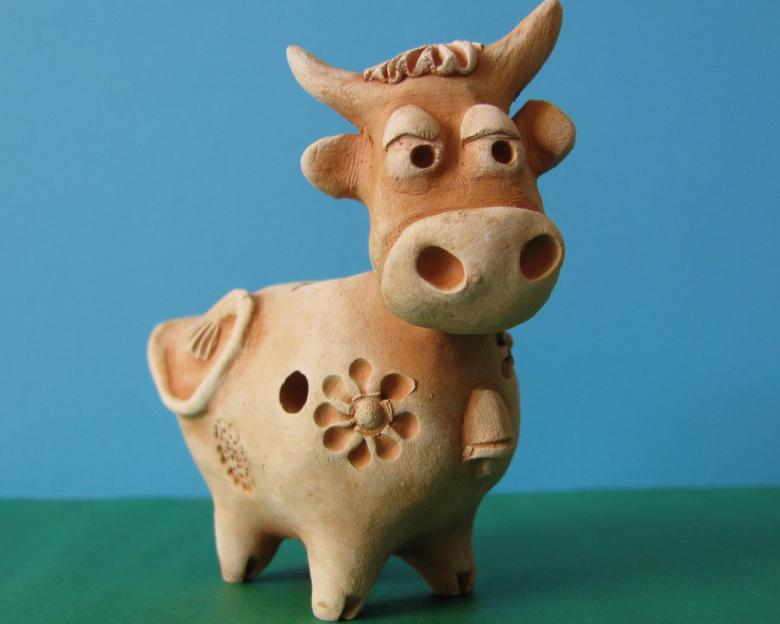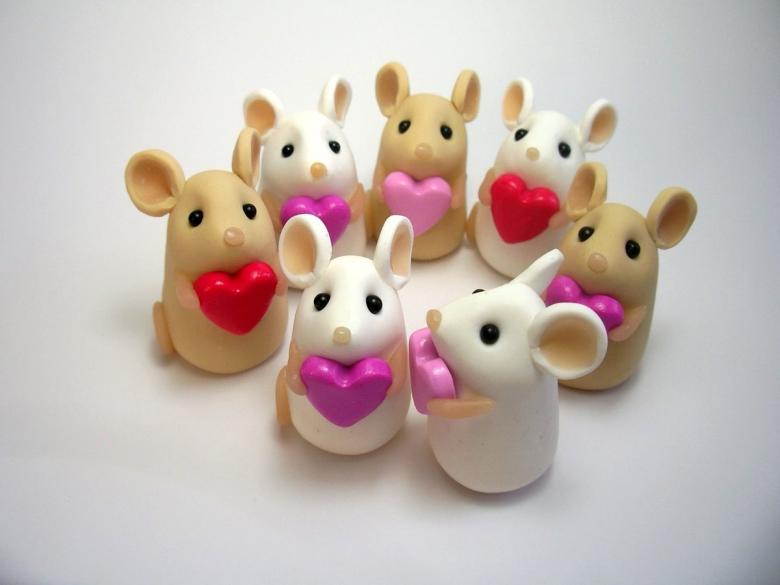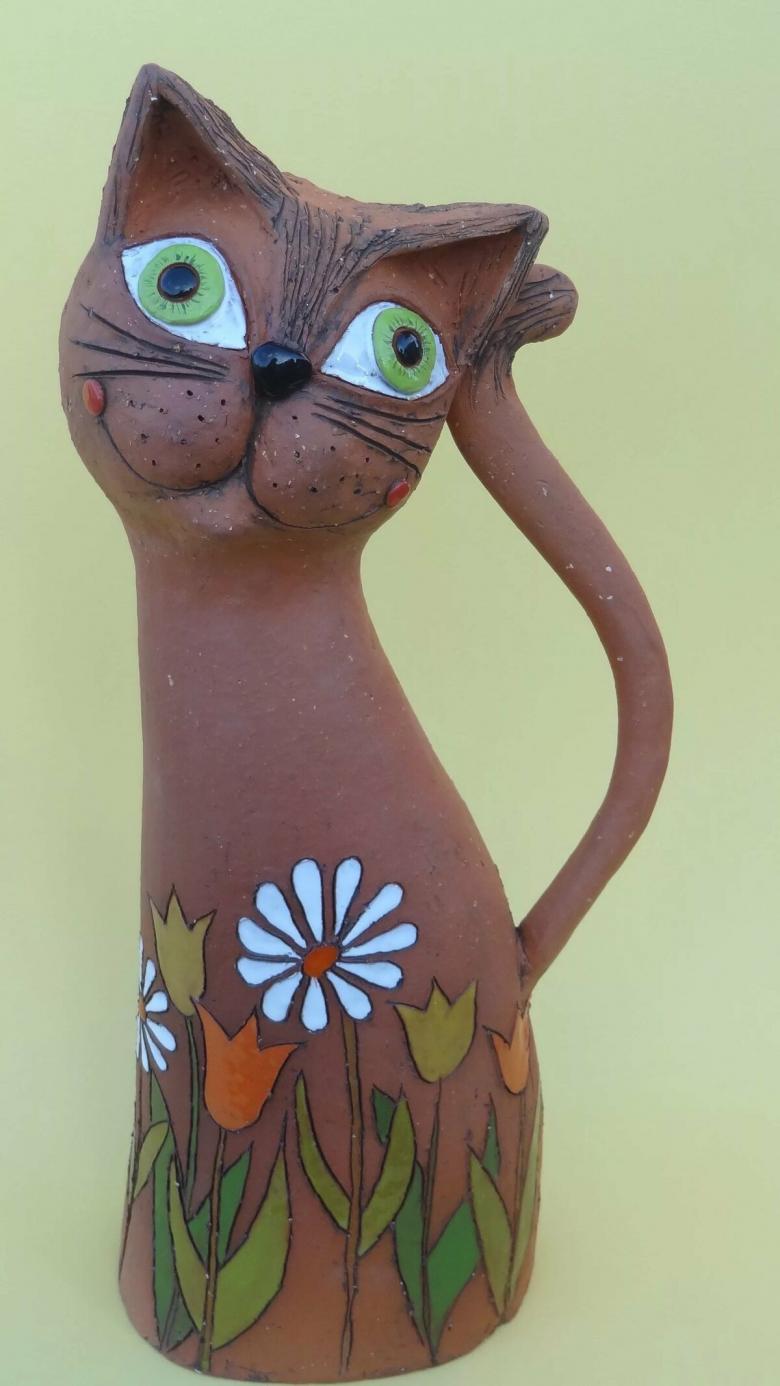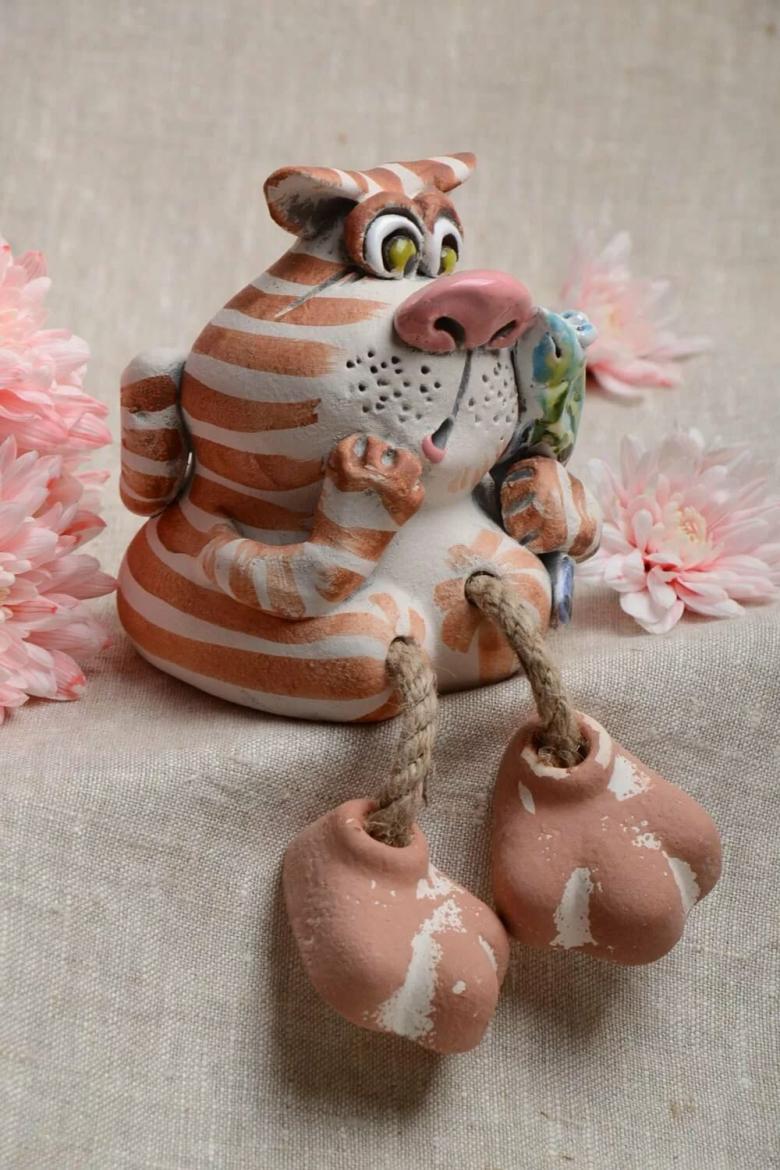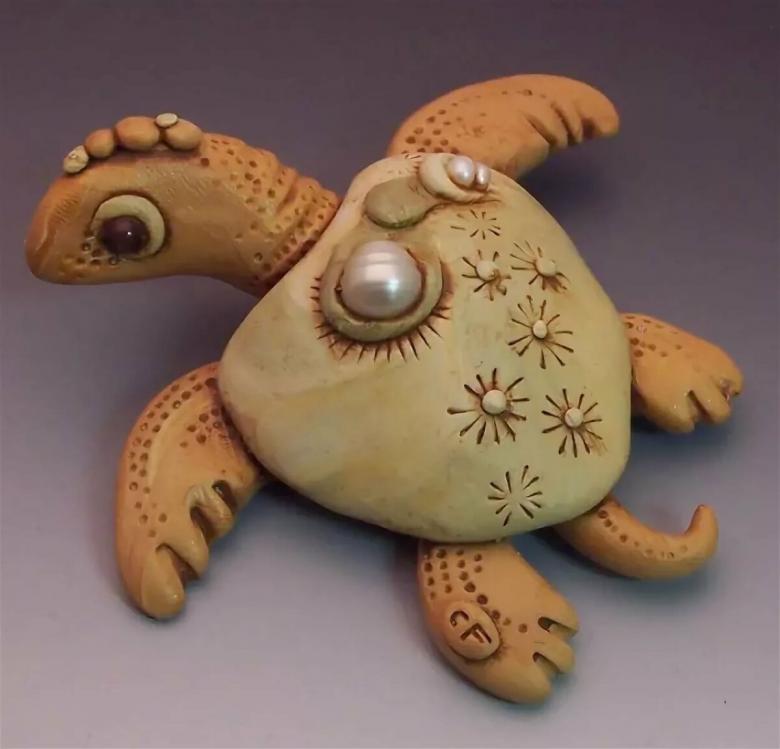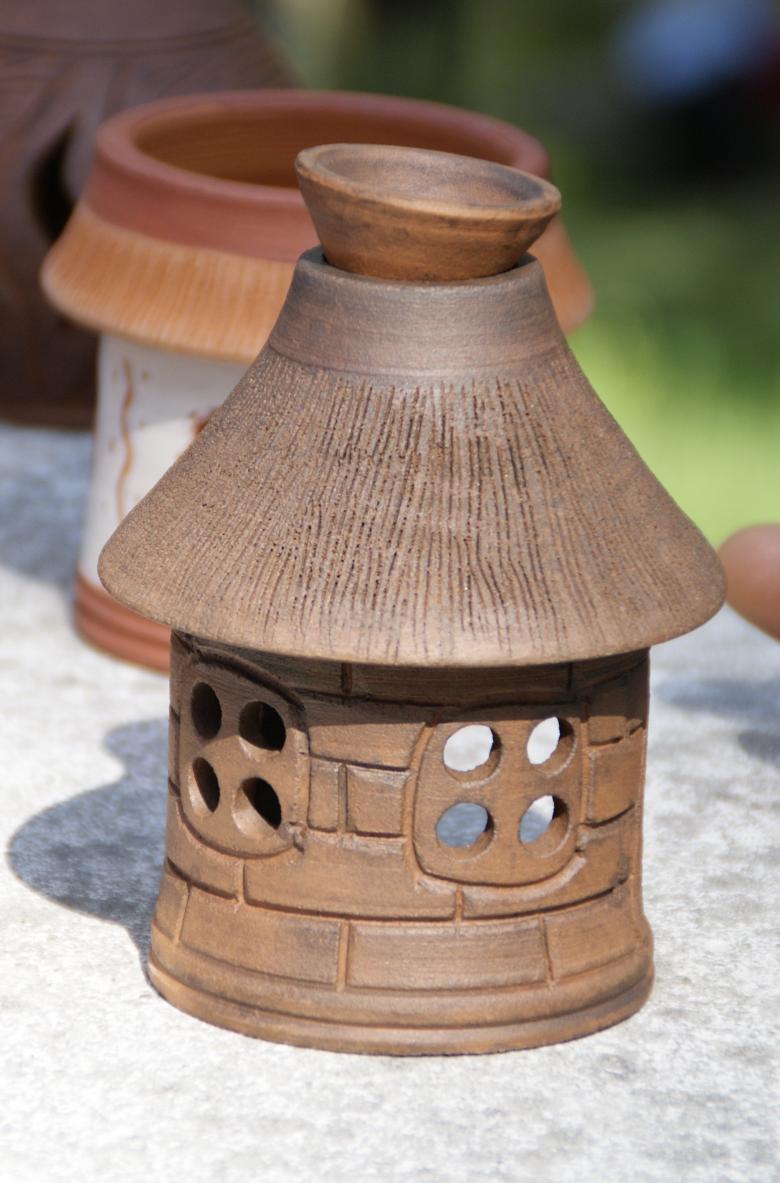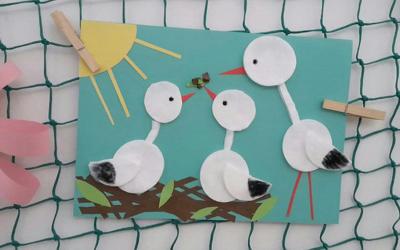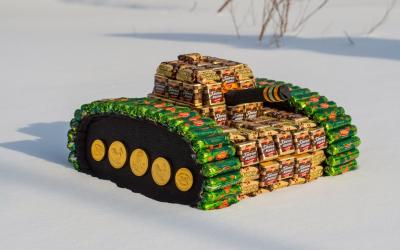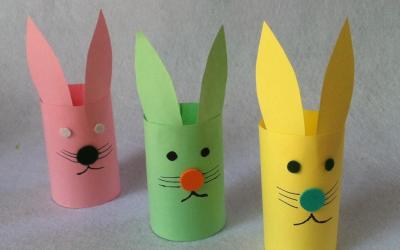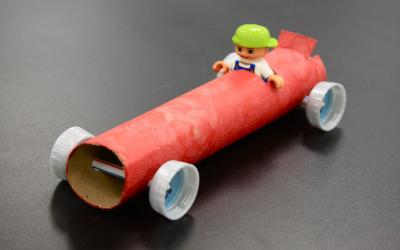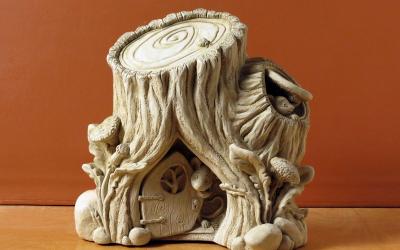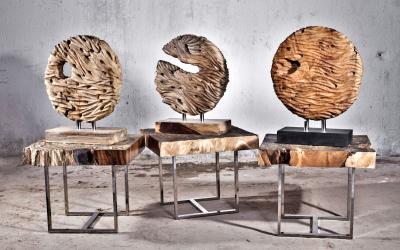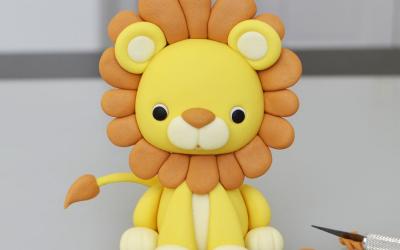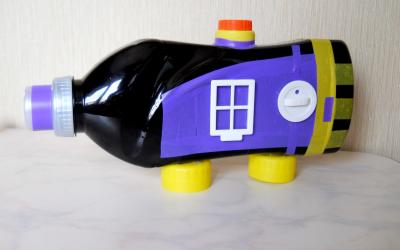Polymer clay crafts with their own hands - the choice of material, features firing and modeling, photo ideas
The ability to create beautiful products from clay today is considered a promising occupation. Many amateurs grow up to masters, turning the hobby into a profitable business. From polymer clay make figurines of animals and fantasy creatures, whistles, dolls, jewelry.

Joining the art of molding can be at any age. Work involves brain areas responsible for memory, intelligence, ingenuity, imagination. Admiring the finished product evokes positive emotions. Clay molding is equally fun for children and adults. Everyone can make an exclusive thing, and if they "sharpen" their skills, then a real work of art.
Varieties of clay for modeling
Before starting to master the art of molding, you need to get acquainted with the material. Clay comes in two varieties:
- purchased;
- natural.
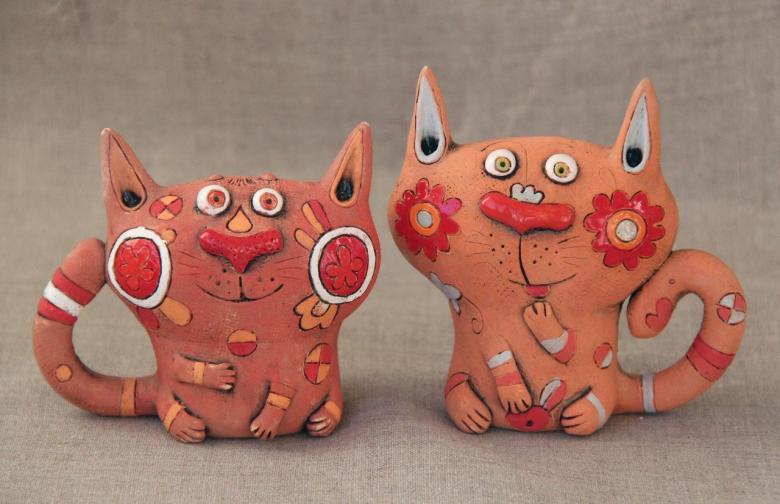
For beginners is better suited to purchase material. It is packaged in bags of one and a half kilograms, sold in the art goods departments. Should pay attention when buying that the packaging was vacuum. In production, the clay is prepared on special equipment, which removes air from the structure of the clay. Air bubbles make the product brittle. Unbroken vacuum packaging indicates a quality product.
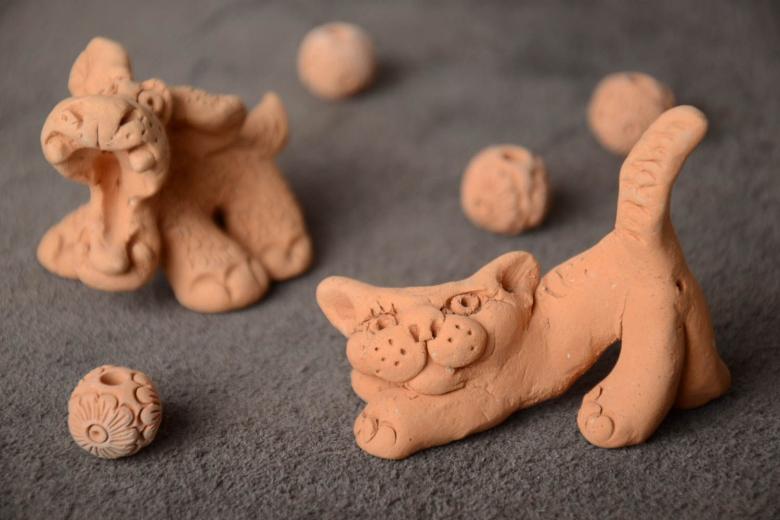
Natural clay is taken from the environment - in the nearest park, in the garden, at the bank of the pond. The extracted clay is not suitable for molding, it is saturated with impurities and crumbles.
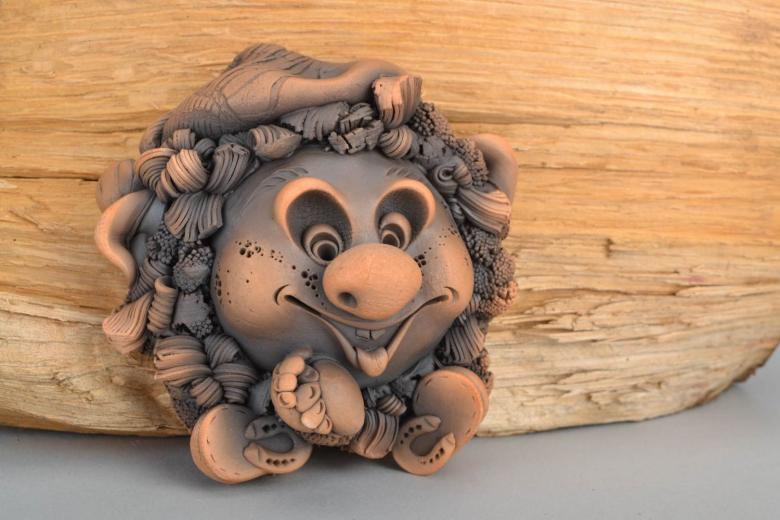
To clean the natural material, you need to immerse it in a container of warm water and leave it for a day. Impurities relative to clay have more weight, so gradually they will settle to the bottom. An oily layer will appear on the surface of the liquid, which should be filtered through gauze. The resulting mass is left in the air and wait until it thickens to the desired consistency. After the preparatory procedures, natural clay is ready to work.
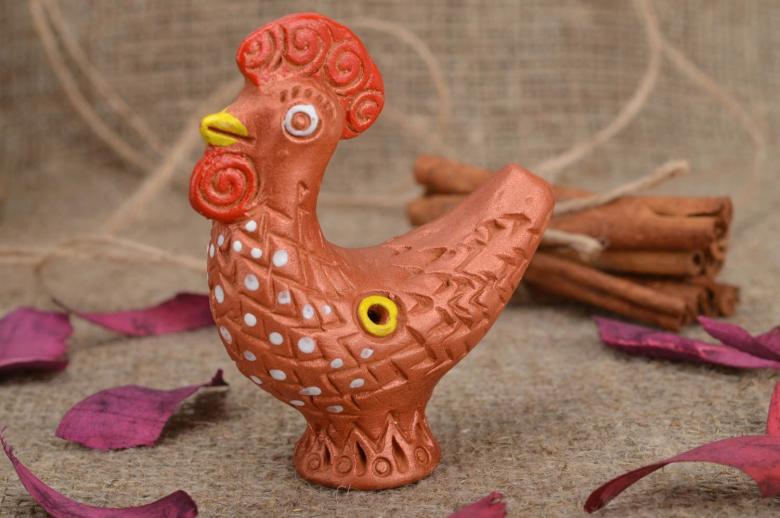
Rules for storage of clay
Without moisture, clay becomes dry and unsuitable for work. To preserve the plastic properties, you need to wrap it in a damp cloth, place it in a plastic bag and store it in the refrigerator. If the clay stock is too large, a dark cellar will do for storage. To prevent mold from forming inside the package, the clay should be periodically taken out and ventilated.
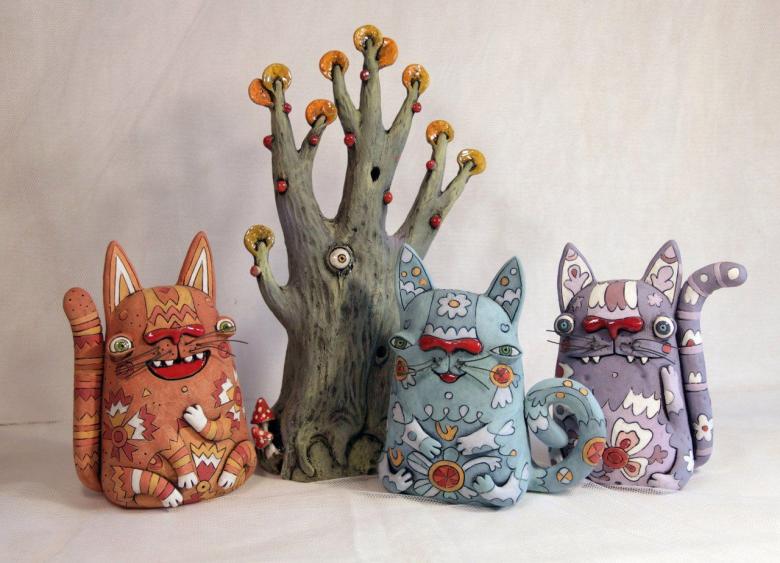
Tools and related materials for molding
Experienced craftsmen use tools that facilitate the work and make the creative process pleasant and comfortable.
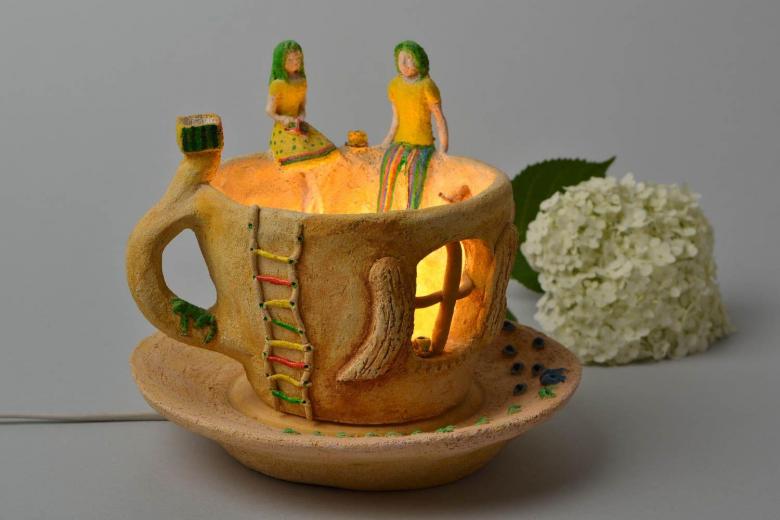
These include:
- metal string of medium thickness, allows you to separate from a large mass pieces of exact size;
- a safety knife with a short working part to separate small pieces of material;
- a wooden board, for rolling out the clay;
- wooden rolling pin;
- woven cloths with a rough embossed pattern that would imprint well on the clay;
- stacks;
- a foam sponge;
- a variety of household sundries that may come in handy in decorating the craft.

As a knife, it is convenient to use a blade from an old kitchen knife, rewound with duct tape in the area of the handle. This uncomplicated simple tool is considered safe, it is convenient to separate small pieces of clay, the edges on the cutting line in this case remain flat. Plastic knives are not suitable, they are flexible, unstable and tear the edges. Stationery knives are too sharp and too injurious.
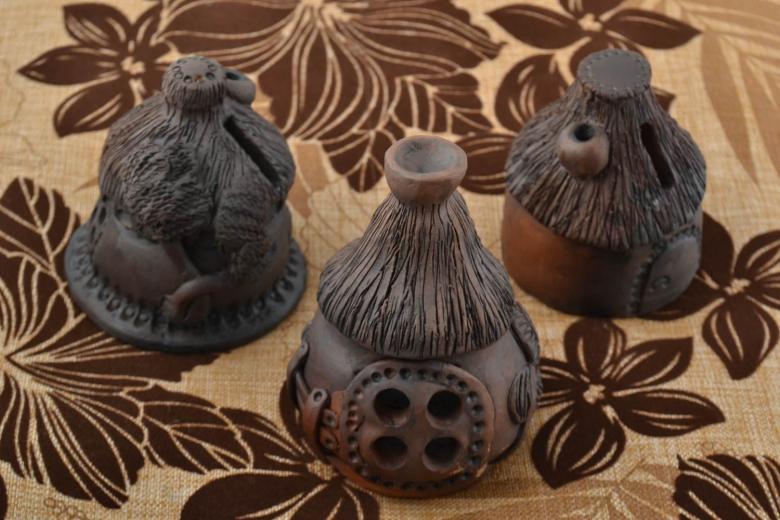
Firing clay products
Working with any plastic material is about the same. Only the final processing differs. In the case of clay products to give the finished product look they need to be fired at temperature of 800-900 degrees in muffle furnaces. At this temperature, the clay mass becomes ceramic. Only thoroughly dried items should be placed in the oven, otherwise they may explode.

Household devices such as microwave ovens and gas ovens are not suitable for firing. The creative goods market offers special clay that does not require firing at high temperatures.

If you really want to create a clay product in the traditional way, then you can try the artisanal method of firing. Naturally, if all fire safety precautions are observed. To do this, dig a shallow hole in the ground, put the figurine on the bottom, build a fire and keep it burning intensely for 10 hours. The more the figurine is burned, the higher quality it will be.
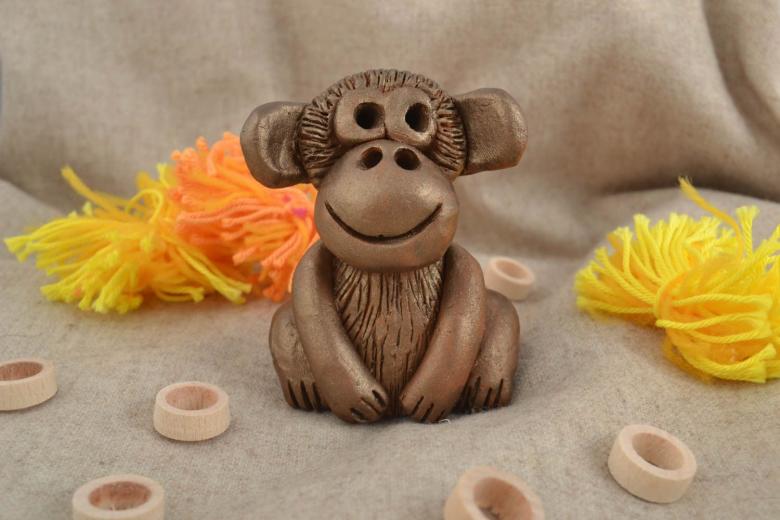
To understand how good the finished product is, it is enough to tap on the ceramic surface. A resounding sound indicates successful processing, deaf - the firing was carried out too little time.

Easy clay crafts
On the Internet resources you can find many photos of clay crafts, differing in complexity of performance. Inspired by ideas, you can create beautiful products. Some of them are simple enough, even a child can cope.

Magnet for needles
Useful in everyday life is a magnet for needles. To create it, you will need:
- rolling pin;
- shape;
- clay with self-hardening property;
- gouache and a brush;
- lace ribbon;
- piece of sandpaper;
- 2 small magnets;
- glue.

The master class should begin with a thorough kneading of the clay mass. Further steps are as follows:
- Roll out a piece of clay into a flat cake;
- Cut out the desired contour with a mold;
- Smooth the edges;
- Press the lace into the surface to give an interesting texture;
- Allow the piece to dry;
- Sand the surface with sandpaper, removing any irregularities;
- Paint patterns and decorate to your liking;
- Glue the magnet to the back.
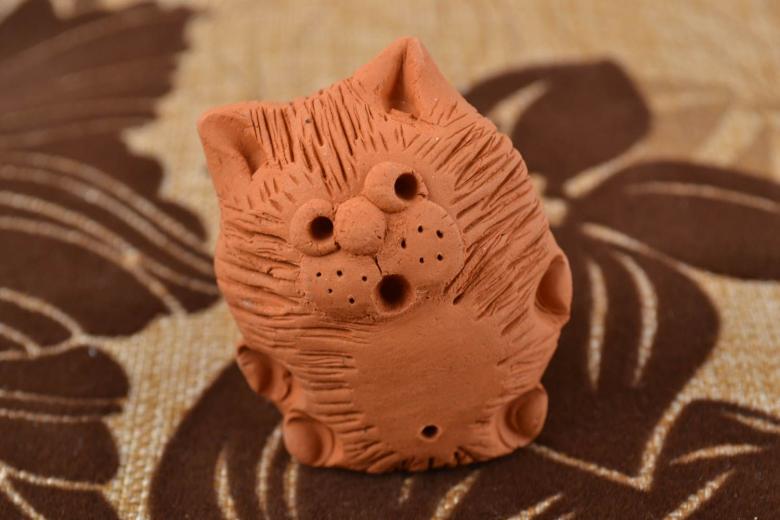
The needle magnet is ready. Needleworkers appreciate this accessory. The magnet is attached to the hoop. It allows you not to lose the needles in the work.
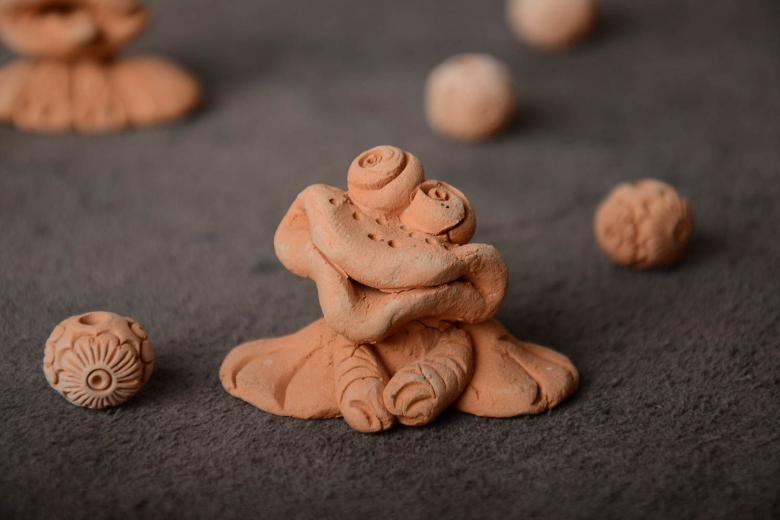
Flowers
Flowers made of clay look interesting. The material has a high plasticity, which allows you to create thin petals, indistinguishable from the real. To make a rose, a clay ball of medium size is given the shape of a drop. It will act as the core of the inflorescence.
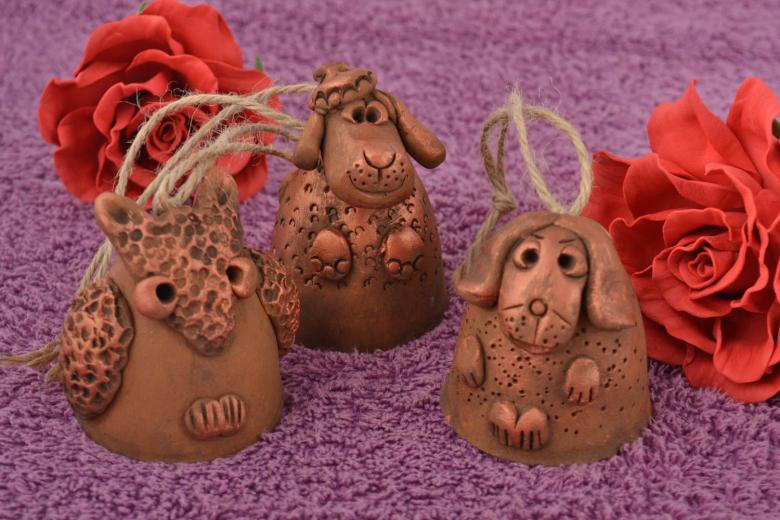
Next, make thin tortillas out of several pre-prepared balls and form petals. The petals are stacked on top of each other around the teardrop-shaped core, gradually creating a bud. The outer petals are slightly bent to give a plausible appearance. The final step is to color and decorate.
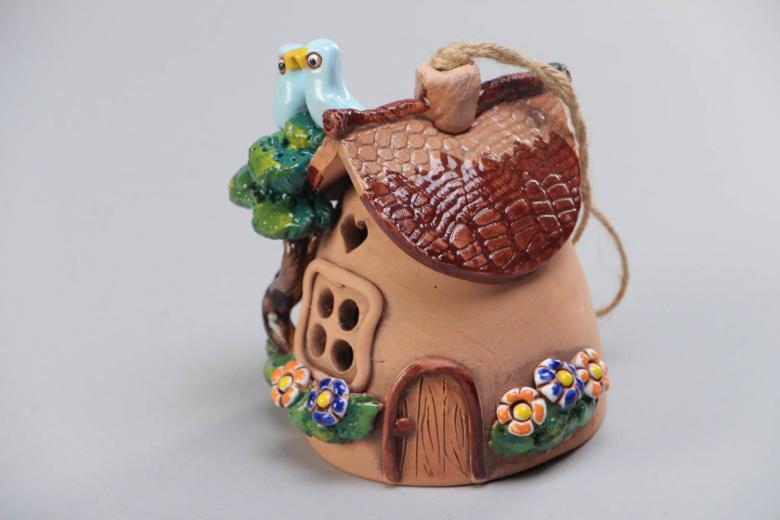
Polymer clay food
Trying to involve children in modeling, parents often create with them vegetables and fruits from polymer clay. Engaging in creative work, young masters learn about the world around them, develop imagination, fantasy, memory, fine motor skills. Clay vegetables and fruits can be used as food in games with dolls. For example, to make an orange, you need to make the surface of the ball look like a real "crust" with a toothpick. A thin leaf is glued to the apple and veins are drawn on it.
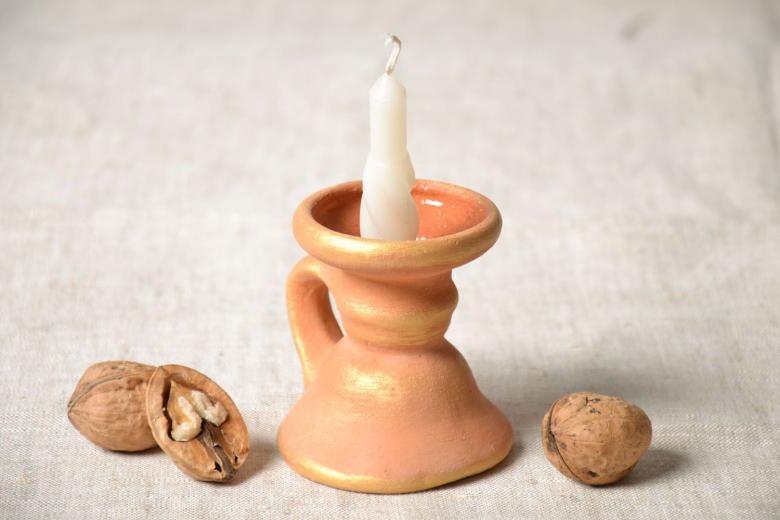
Gradually the child masters a variety of sculpting techniques. Parents and teachers need to take into account children's desire to quickly see the result. To avoid disappointment, and not to lose interest in creativity, they need to explain that the product does not get a finished look immediately.

Modeling with polymer clay - it's fun for the whole family. Creating their own toys, souvenirs, gifts radiate kindness, comfort and originality. The range of possibilities is not limited to simple crafts. Experienced masters create polymer clay real works of art, which are not ashamed to decorate the interior.

